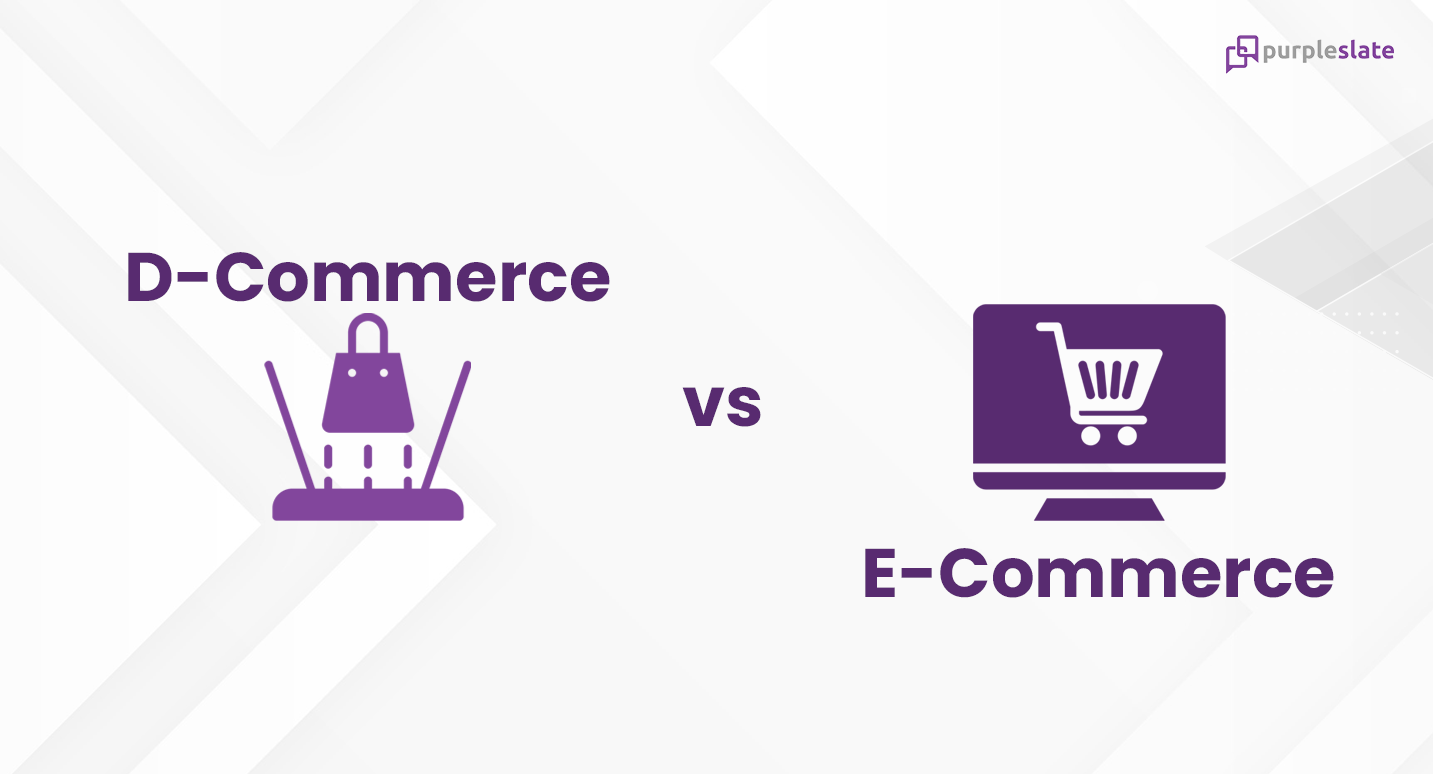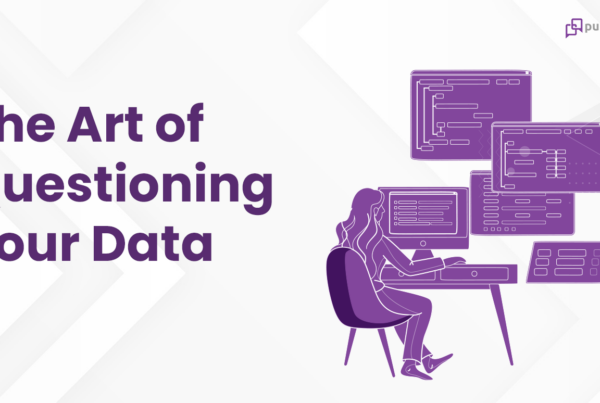
D-commerce vs E-commerce has been a subject of ongoing debate. To settle this discussion, we turn to an engaging infographic that highlights the key differences between the two and sheds light on the role of Conversational AI in D-commerce.
E-commerce, or electronic commerce, refers to the buying and selling of goods and services online. It involves transactions conducted through websites or mobile applications, where customers browse product catalogs, add items to their carts, and complete purchases using digital payment methods. E-commerce has revolutionized the retail industry, offering convenience, a wide range of choices, and seamless transactions.
On the other hand, D-commerce, also known as Conversational Commerce, takes the concept of online shopping to the next level by integrating conversational AI technologies. D-commerce leverages the power of natural language processing (NLP) and machine learning (ML) to enable customers to interact with businesses using everyday language, like having a conversation with a virtual assistant or chatbot.
Conversational AI plays a pivotal role in D-commerce by facilitating human-like interactions between customers and businesses. Through chatbots or voice assistants, customers can ask questions, seek recommendations, and receive personalized assistance throughout their shopping journey. Conversational AI enables a more engaging and intuitive shopping experience, mimicking the experience of interacting with a knowledgeable salesperson in a physical store.
The use of Conversational AI in D-commerce enhances customer engagement, improves customer service, and provides real-time support. It enables businesses to gather valuable insights about customer preferences, purchase history, and behavior, enabling them to deliver targeted and personalized recommendations.
Moreover, D-commerce enables transactions to occur directly within the conversational interface, eliminating the need to navigate external websites or apps. Customers can complete purchases, track orders, and handle customer service inquiries seamlessly within the conversational platform.
In summary, while E-commerce encompasses online transactions through websites and mobile apps, D-commerce (Conversational Commerce) goes a step further by integrating Conversational AI technologies. D-commerce leverages chatbots and voice assistants to enable natural language interactions, personalized assistance, and seamless transactions within the conversational interface. By understanding the differences between D-commerce and E-commerce, businesses can embrace the power of Conversational AI to create more engaging and effective shopping experiences for their customers.
This Infographic gives you a sneak peak.





